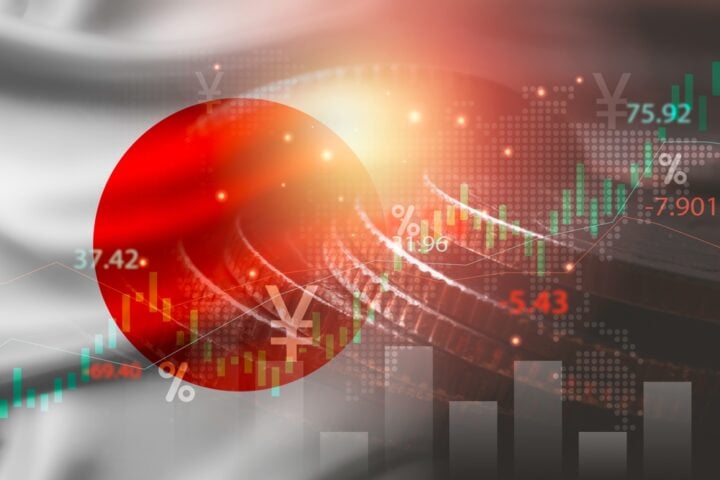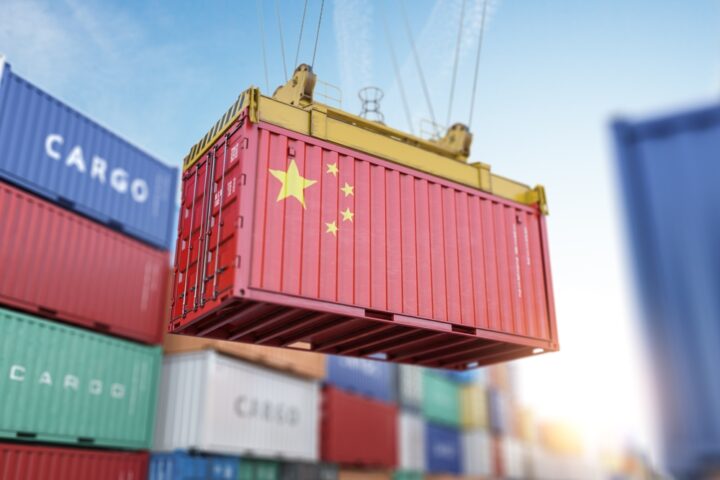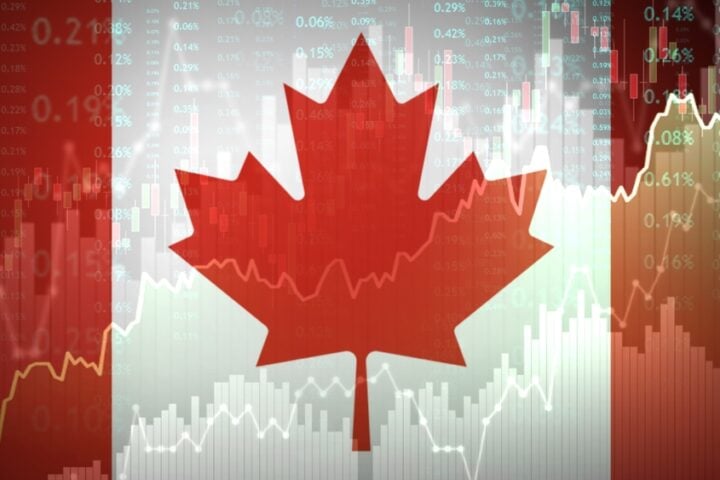US consumer sentiment in April has dropped to its fourth-lowest level since records began in 1952, reflecting mounting concerns over rising inflation and trade policy uncertainty. According to the latest survey from the University of Michigan, consumer sentiment fell 8% from March, with a final reading of 52.2. Despite President Trump’s pause on a massive tariff hike in early April, the consumer outlook remains bleak, with ongoing uncertainty about trade and inflation pressures weighing heavily on Americans.
Concerns Over Trade and Inflation
Despite the temporary tariff pause, consumer expectations for the economy have worsened significantly. “While this month’s deterioration was particularly strong for middle-income families, expectations worsened for vast swaths of the population across age, education, income, and political affiliation,” said Joanne Hsu, Director of the survey. Concerns over the economic impact of President Trump’s trade policies and the potential for rising inflation have contributed to this decline in sentiment.
Mixed Market Reactions
The drop in consumer sentiment coincides with volatile stock market movements, with the Dow down 200 points while the Nasdaq gained 0.1%. The data underscores the growing nervousness surrounding the economy, as uncertainty around tariffs and trade wars continues to cloud the financial landscape. The Federal Reserve, along with Wall Street, is now watching closely to see how this translates into consumer spending.
Consumer Spending Under Pressure
While consumer sentiment has slumped, the impact on consumer spending remains uncertain. Historically, consumer sentiment surveys have been negative during times of economic distress, yet spending continued despite these sentiments in previous years. For instance, in 2022, despite the lowest consumer sentiment in decades, shoppers kept spending. Similarly, despite a rocky political environment and a standoff over the debt ceiling, Americans continued to spend on travel and entertainment in 2023.
Key Economic Indicators at Play
Unlike in past years, however, today’s economy is facing different challenges. The job market is not as robust as it was in previous periods, and many consumers have exhausted the savings accumulated during the pandemic. Additionally, the resumption of federal student loan payments and the recent economic slowdowns suggest a shift in consumer behavior. The Federal Reserve remains uncertain about how long-term tariff-induced inflation will affect the economy, with some economists predicting short-term price hikes while others anticipate prolonged impacts.
The Fed’s Strategy
With inflation expectations reaching their highest level since 1981, the Federal Reserve is in a difficult position. The central bank has adopted a cautious “wait-and-see” approach, closely monitoring the impact of tariffs on inflation and economic growth. Fed policymakers are carefully examining both soft data, such as sentiment surveys, and hard data, like actual economic activity, to gauge the broader effects of Trump’s trade policies.
Conclusion: A Wait-and-See Approach
Although consumer sentiment has taken a hit, there are no clear signs yet that President Trump’s tariff policies are causing significant economic damage in terms of actual economic activity. The Federal Reserve is waiting for more data to better understand how tariffs and other policy changes will shape the economy in the coming months. As the US grapples with inflation, tariffs, and potential trade wars, the future of consumer spending and economic growth remains highly uncertain.







